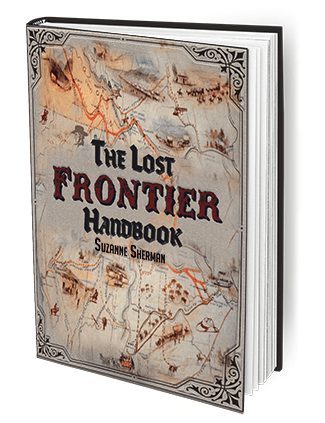Our everyday meals, those delicious dishes we savor without a second thought, hold a dark secret. This article aims to shed light on the dark truth about the food we eat and why it’s allowed to be sold. Join us as we uncover the hidden realities of our dining tables and the impacts these choices have on our health and society.
The Hidden Impact of Our Food Choices
When it comes to our food choices, many of us are driven by taste, convenience, and cost. But beyond these immediate considerations lie deeper consequences—consequences that are hidden beneath tempting advertising and attractive packaging.
The Unsettling Reality of Processed Foods
The modern food industry is filled with processed foods, designed for long shelf life and irresistible flavors. However, these conveniences often come at the cost of our health. Artificial preservatives, trans fats, high levels of sodium, and sugar—all these ingredients have been linked to chronic diseases like heart disease, obesity, diabetes, and various forms of cancer.
Pesticides: A Silent Threat
Moreover, the widespread use of pesticides and genetically modified organisms (GMOs) in agriculture has raised serious health concerns. Pesticides can leave residues on fruits and vegetables, which we consume.
The High Cost of Cheap Food
When we factor in the long-term health costs and environmental impact, the cheap food we buy isn’t really cheap. It’s an illusion of affordability, a short-term gain that can lead to long-term pain.
The Need for Better Food Policies
It’s time for us to question why such food is allowed to be sold. This brings us to the complex world of food policies and regulations.
Empowerment Through Knowledge
Knowledge is power. By understanding the dark truths about our food, we can make informed choices that promote our health and well-being.
Conclusion
Uncovering the dark truth about the food we eat may be uncomfortable, but it’s a necessary step towards a healthier, more sustainable future.
This is just a beginning. A more detailed analysis would consider various food types, their production processes, specific health impacts, and explore alternatives to unhealthy food choices.



















